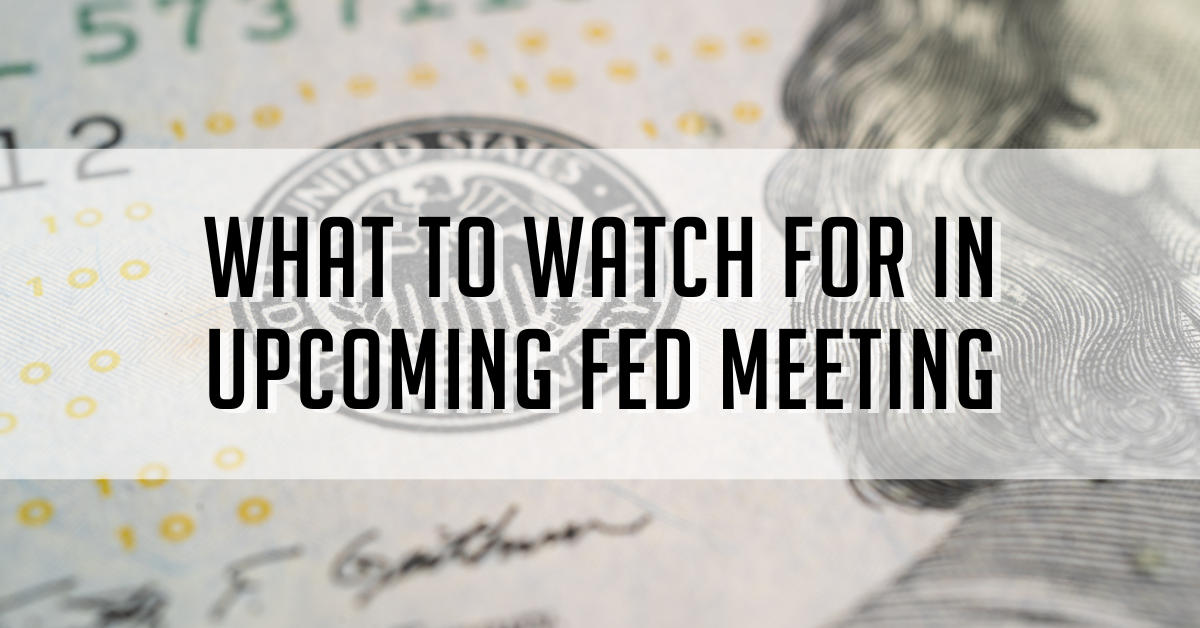The current state of inflation has reached a level where Fed policymakers are contemplating the possibility of reducing interest rates. However, the timing of such a decision is likely to hinge on the signals emanating from the job market.
According to the latest report from the Commerce Department on Friday, the Consumer Price Index—a key measure of inflation favoured by the Fed—increased by 0.2% in December compared to November, resulting in a year-over-year rise of 2.6%. Although this annual increase is considerably lower than the 7.1% recorded in June 2022, it masks the significant deceleration in inflation during the latter half of the previous year. Over the six months leading to December, prices rose at a modest 2% annual rate.
The Fed policymakers can reasonably assume that inflation has retreated to around their target of 2%. Furthermore, they perceive the current target range for overnight rates, between 5.25% and 5.5%, as being well within restrictive territory. Fed Chairman Jerome Powell, after the central bank's December meeting, noted that this tight policy exerts downward pressure on economic activity and inflation, with the full effects of the tightening likely yet to be fully felt.
A slight reduction in rates would still place them within the restrictive zone but could serve as a precautionary measure against potential economic challenges. While a rate cut at the upcoming meeting seems improbable, it could be a plausible scenario in the subsequent meeting scheduled for March.
One reason for delaying beyond March could be the robust performance of the economy, with the gross domestic product growing at a 3.3% annual rate in the fourth quarter. Despite the target rate range being at a more than 20-year high, policymakers may question whether it is as restrictive as initially perceived.
The pivotal factor influencing the decision is likely to be the job market. If the employment reports for January or February indicate a decline in job growth, a rate cut in March becomes more probable. Additionally, even if job growth remains strong, policymakers might find a March cut justifiable as long as they are convinced that labour cost pressures are not intensifying. The last thing they want is to cut rates and later find themselves compelled to raise them again to counter an overheating job market.
As of now, Fed policymakers may not have a definitive answer on whether they will cut rates in March or later. The key indicator to watch is the job market.
Fullerton Markets Research Team
Your Committed Trading Partner



 What to Watch For in Upcoming Fed Meeting">
What to Watch For in Upcoming Fed Meeting">











